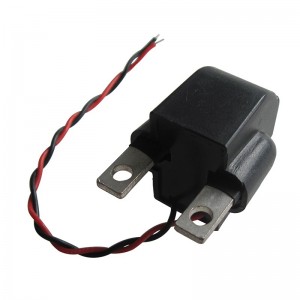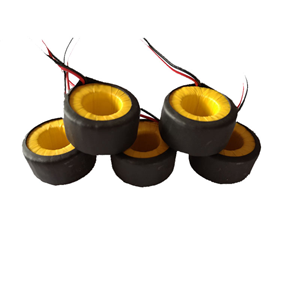Current transformers play a crucial role in the measurement and monitoring of electrical currents in various applications. They are designed to transform high currents into standardized, low-level currents that can be easily measured and monitored. When it comes to current transformers, two main types are commonly used: AC (alternating current) current transformers and DC (direct current) current transformers. Understanding the key differences between these two types is essential for selecting the right transformer for a specific application.
One of the primary differences between AC and DC current transformers lies in the type of current they are designed to measure. AC current transformers are specifically designed to measure alternating currents, which are characterized by constantly changing direction and magnitude. These currents are commonly found in power distribution systems, electrical motors, and various industrial and commercial applications. On the other hand, DC current transformers are designed to measure direct currents, which flow in a single direction without changing polarity. These currents are commonly used in battery-powered systems, solar panels, and certain industrial processes.
Another key difference between AC and DC current transformers is their construction and design. AC current transformers are typically designed with a core made of laminated steel or iron, which helps to efficiently transfer the magnetic flux generated by the alternating current. The primary winding of the transformer is connected in series with the load, allowing it to measure the current flowing through the circuit. In contrast, DC current transformers require a different design due to the constant nature of direct currents. They often utilize a toroidal core made of ferromagnetic material to ensure accurate measurement of the unidirectional current.


In terms of performance, AC and DC current transformers also exhibit differences in their accuracy and frequency response. AC current transformers are known for their high accuracy in measuring alternating currents within a specific frequency range, typically from 50Hz to 60Hz. They are designed to provide precise measurements under varying load conditions and are widely used in power distribution and energy management systems. DC current transformers, on the other hand, are engineered to accurately measure direct currents with minimal saturation effects and high linearity. They are commonly used in applications where precise monitoring of DC currents is essential, such as in battery charging systems and renewable energy installations.
When it comes to safety and insulation, AC and DC current transformers also have distinct requirements. AC current transformers are designed to withstand the high voltage and transient conditions associated with alternating currents. They are equipped with insulation systems that can handle the rapid changes in voltage and provide protection against electrical faults. In contrast, DC current transformers require specialized insulation to withstand the constant voltage levels and potential polarity reversals associated with direct currents. This ensures the safe and reliable operation of the transformer in DC applications.
In conclusion, the key differences between AC and DC current transformers lie in the type of current they are designed to measure, their construction and design, performance characteristics, and safety considerations. Understanding these differences is essential for selecting the right transformer for a specific application, ensuring accurate and reliable measurement of electrical currents in various systems and equipment. Whether it’s for power distribution, industrial automation, or renewable energy, choosing the appropriate current transformer is crucial for efficient and safe operation.
Post time: Jul-29-2024

